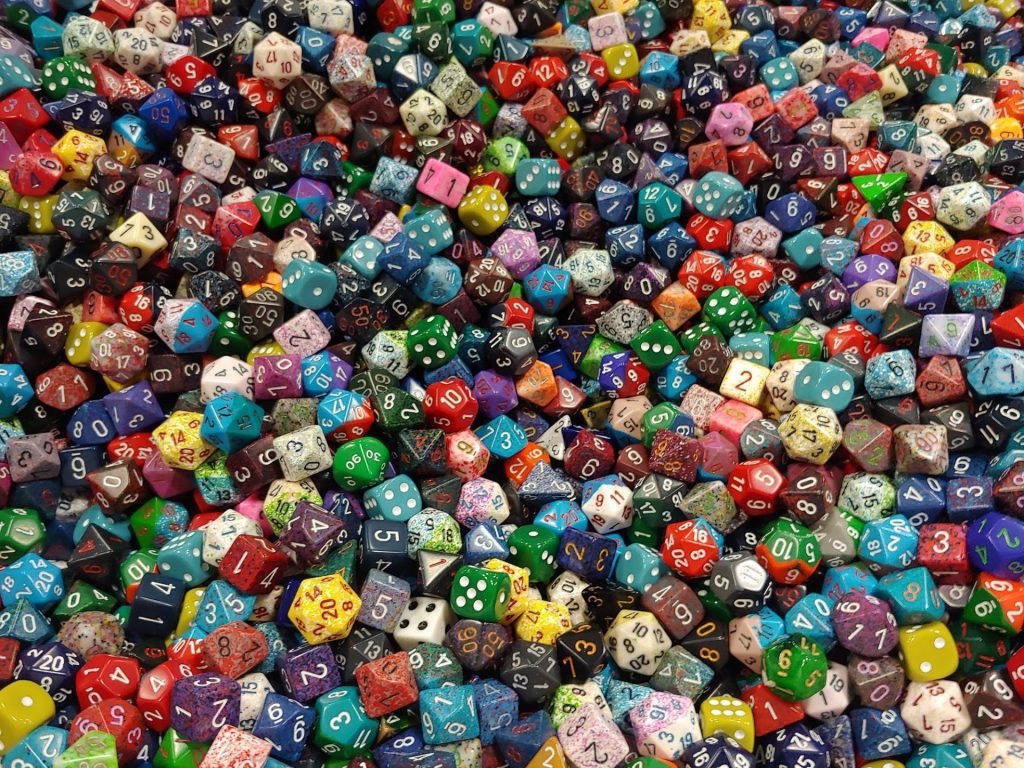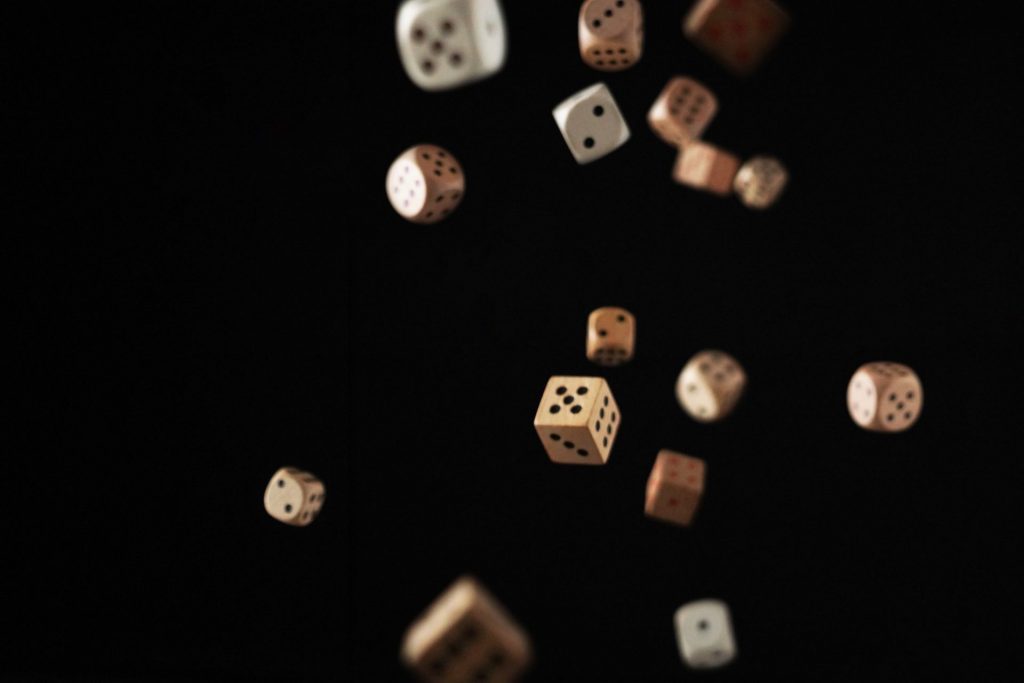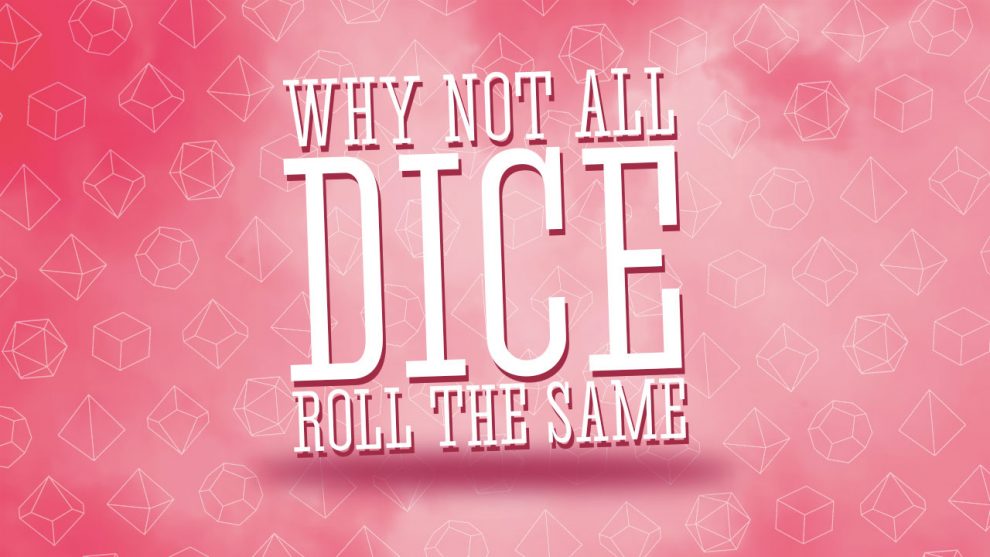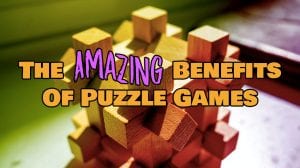You enter a tavern. You feel the warmth of the fire through your tattered rags. It has been a long journey. A lone elf is behind the bar.. They eye you and nod to an empty table. As you sit down, you see a brawl about to begin between some local mercenaries. What do you do next? Roll some dice!.
Games have always been an important part of the human experience. They help us think critically, make us more creative, and can even help tell a story. Dice tell a story with every single roll, but not all dice roll the same. The differences between dice rolls can range from significant to nearly imperceivable. There are many different types of dice used in tabletop role-playing games; each of their rolls are affected by friction and initial position, as well as the force and direction of the throw. Dungeons & Dragons may be known for its classic 20-sided die, but there are many other shapes used throughout the game. Let’s take a look at some of the dice used in tabletop RPGs and what can affect their roll.

The Shape of Dice
A custom set of polyhedral dice assume various forms that diverge from the traditional 6-sided cube. Although these dice are most commonly seen as a mechanic of modern gaming, there is an established anthropological precedent. Dice of various shapes and sizes have been found in ancient archaeological digs.
The following dice each have their own probability distribution that can be altered and expanded depending on the number of dice rolled.
- Tetrahedron – The four-sided dice’s numbers are arranged upright at the vertex. When played, the die is typically cast into the air rather than rolled in the traditional sense. Its shape makes rolling difficult. The upright number at the point is equivalent to the value of the roll. There are some four-sided dice that show the result at the base.
- Cube – The most common die. The sum of the opposing faces of this six-sided die traditionally adds up to seven.
- Octahedron – A polyhedral die composed of eight equilateral triangles resulting in eight sides.
- Pentagonal trapezohedron – A 10-sided die whose face is a geometric shape that converges at two sharp corners. The even numbers tend to meet at the apex of one end and the odd numbers meet at the other end.
- Dodecahedron – A-12 sided die. The sum of the opposing faces traditionally adds up to 13.
- Icosahedron – A 20-sided die and a crucial piece of any D&D player’s toolkit. The sum of the opposing faces of this die traditionally adds up to 21.

It may be assumed that a dice roll is left to random chance. However, there can be factors that may slightly affect the outcome of your roll. The friction of the landing surface and the initial position of the dice can play a role in the results of the tossed dice. The small imperfections in the inking or carving of dice may also result in varying physical resistance. But unless the dice have been tampered with, these small variations would have a heavily muted, yet existent, effect.
The Initial Position
Although the shape and type of die can only slightly affect the outcome, the initial position of the die can alter the results significantly. From a conversation with mechanical engineer Tomasz Kapitaniak, Ben P. Stein reports upon the professor’s findings. Professor Kapitaniak of the University of Lodz in Poland states that it is “The initial position of the die,” that is a considerable factor in the roll. To effectively use this to your advantage, the player should consider these factors. You may not be able to take this knowledge to the casino, but next time your Dungeon Master asks you to roll, maybe put the 20 on top. You never know.
Surface Friction
However, if you happen to be the Dungeon Master take into consideration the surface that the die is cast against. If you want to counter your player’s advantageous initial position, try a table that creates great friction. In Professor Kapitaniak’s report for the American Institute of Physics, he describes the importance of friction. While other aspects of a roll, like air resistance, may be negligible, friction can have a greater impact. When considering why not all custom dice sets roll the same it is the environment and the starting condition of that die that can alter your results. Unless you know the exact surface roughness of your table, your rolls will continue to be functionally unpredictable.
Just a Little Bit of Luck
Now that we know that not all dice roll the same and that the probability of controlling your roll is quite low, we can appreciate the joy of randomness. While there is a natural urge to gain control over your fate, remember that the fun of a game comes from a little luck. However, if you start rolling back-to-back nat-20’s, then you’ll know who to thank.











Add Comment